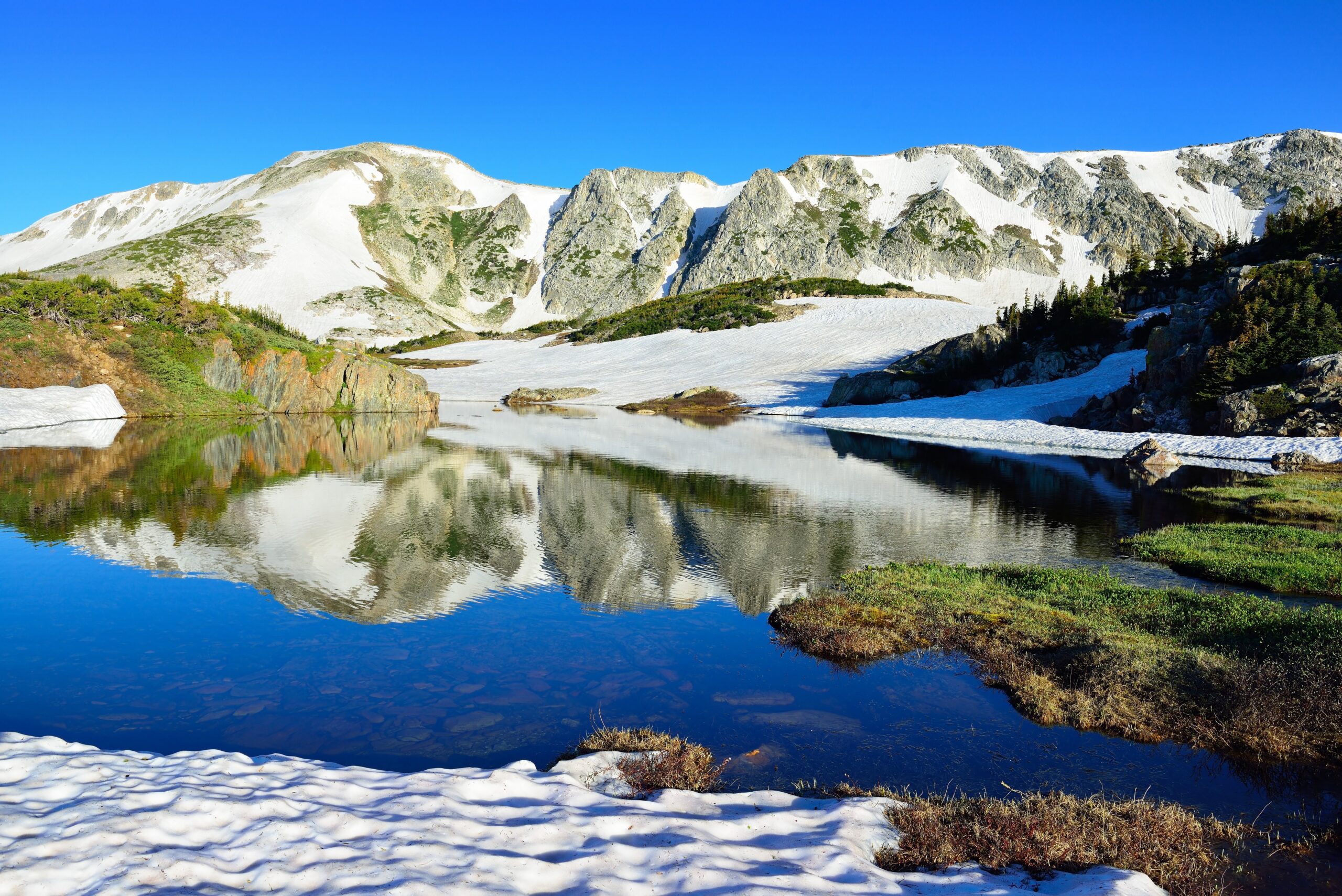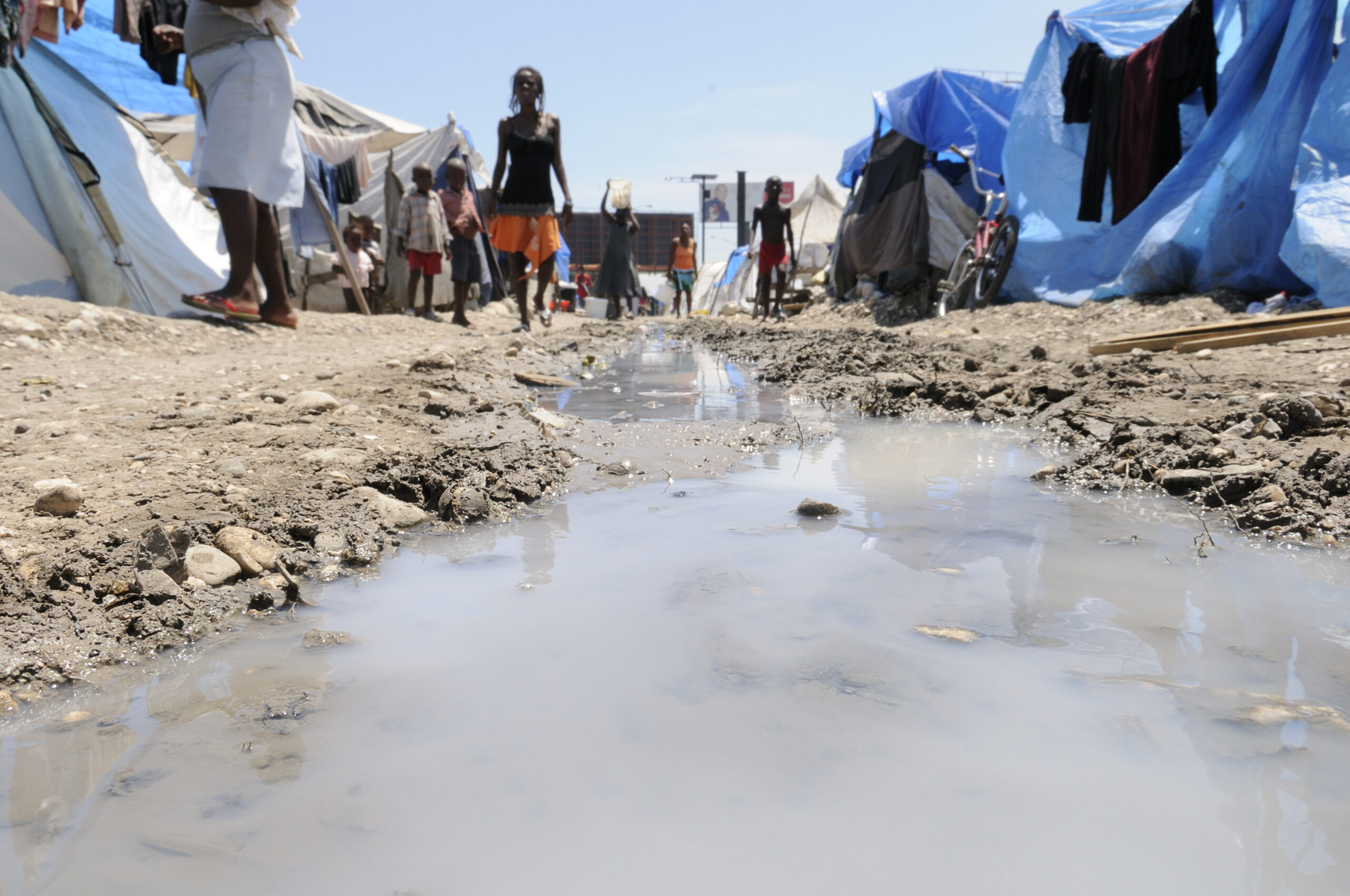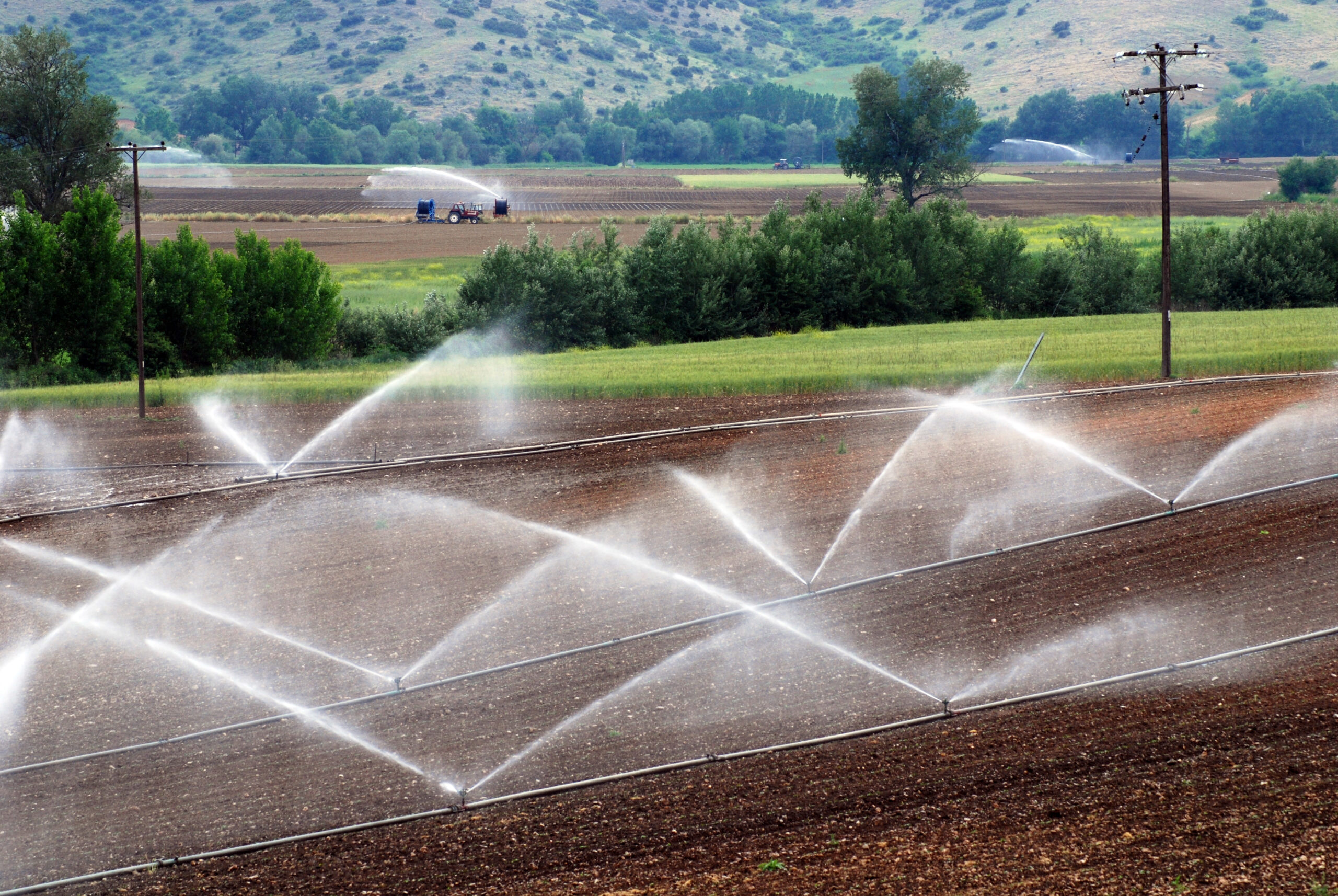Thermal Power Plants

Water indirectly enables power generation by cooling power plants that use heat to make steam that drives a steam turbine. These thermoelectric facilities make up about 75% of the world’s power plants. Water cooling is used to protect equipment and to increase efficiency. Overall, the power sector is the single largest user of water in the United States, responsible for nearly half of all water withdrawals (more than 606 billion liters (161 billion gallons) per day, including seawater), primarily from surface water.1M.A. Maupin et al., “Estimated use of water in the United States in 2010,” U.S. Geological Survey Circular 1405, November 5, 2014, accessed August 26, 2016, doi: 10.3133/cir1405. When we consider only freshwater withdrawals, then power plants and agriculture each withdraw roughly 435 billion liters (115 billion gallons) per day. Agriculture uses significantly more groundwater for irrigation. The mining sector, which includes extraction for fuels production, requires another 19 billion liters (5 billion gallons) per day, and the industrial sector, which includes refineries and other facilities for upgrading fuels, is responsible for another 61 billion liters (16 billion gallons) per day of withdrawals.
Most of the water withdrawn for power plants is returned to the source, though at a different temperature and quality. The amount of water that is withdrawn and consumed by thermal power plants is driven by a mix of factors including the fuel (coal, gas, nuclear, etc.), turbine design, cooling technology, and local weather. Nuclear power plants require more water because unlike power plants fueled by coal or natural gas, they cannot shed any waste heat into the atmosphere through smokestacks. The benefit of this scenario is that nuclear power plants lack emissions, but the disadvantage is that waterways absorb their waste heat.
The three most common cooling methods are open-loop, closed-loop, and air-cooling. On average, about 57 liters (15 gallons) of water are withdrawn and just under 4 liters (1 gallon) is consumed for every kilowatt-hour (kWh) of electricity generated in the United States. Because typical U.S. homes use between 10 and 40 kWh of electricity each day, electric generation alone requires 1,100 to 2,300 liters (300 to 600 gallons) of cooling water per day. That same home might consume an additional 570 liters (150 gallons) per day for washing, cooking, drinking, and landscaping. That means we indirectly use two to four times more water at home for our lights and outlets than directly for our faucets and shower heads.
Open-loop (once-through) cooling withdraws large volumes of fresh or saline surface water, passes it through the power plant one time, and returns nearly all the water to the source with small quantities consumed along the way due to evaporation. While open-loop cooling is energy efficient and has low infrastructure and operational costs, discharged water is warmer than ambient water, causing thermal pollution, which can harm aquatic ecosystems. As a result, environmental agencies regulate discharge temperatures, taking into account a water body’s heat dissipation capacity. If power plant operators return the water above their approved temperature, they incur a fine and can be forced to curtail operations. Furthermore, water intake systems at power plants can entrain and impinge aquatic life.


The stereotypical image of a closed-loop cooling tower is a concrete inverse parabola with white clouds of water vapor escaping to the atmosphere. Cooling towers withdraw water and then recirculate the water until it evaporates, which has a cooling effect. Because evaporation induces cooling, closed-loop cooling towers consume the water they take in.
As of 2005, 43% of U.S. thermal power plants were large power facilities with generation capacity of over 100 MW. Of these large power plants, 42% used closed-loop cooling towers and just over 14% used cooling reservoirs. The remaining 43% of these large power plants use once-through cooling, and just under 1% use dry cooling, which is also known as air cooling.2C. W. King, A. S. Stillwell, K. T. Sanders, and M. E. Webber, “Coherence between water and energy policies,” Natural Resources Journal 117 (2013); and National Energy Technology Laboratory, Estimating Freshwater Needs to Meet Future Thermoelectric Generation Requirements (U.S. Department of Energy National Energy Technology Lab, 2008), DOE/NETL-400/2008/1391. Most of those plants with once-through cooling systems were built before the Clean Water Act legislation was passed in the 1970s. Many of them also avoided strict emissions controls because they were constructed before the legislation regulating air pollution from power plants became law. Whether older, dirtier, and thirstier power plants close in exchange for newer, cleaner, leaner plants remains a hotly contested public policy debate.
Because of environmental concerns, the California State Lands Commission proposed a moratorium on construction of new power plants with open-loop cooling systems on the coast. However, this proposal clashes with a separate effort to push new power plants to coastal regions where open-loop cooling can use seawater rather than inland freshwater.3Proposed Resolution by the California State Lands Commission Regarding Once-Through Cooling in California Power Plants (Sacramento: California State Lands Commission, 2006), accessed August 27, 2016, link. In other words, environmental concerns about oceanic wildlife are in direct conflict with environmental concerns about inland freshwater supply. It is possible, however, for conservation, efficiency, and the use of alternative, water-lean options to meet competing environmental objectives simultaneously.

More water-efficient cooling technologies exist; however, these systems have drawbacks. Dry-cooled systems operate like radiators in automobiles by circulating a coolant within a series of closed pipes coupled with air blowing over the system to cool the pipes. Air-cooled systems withdraw and consume less than 10% of the water of wet-cooled systems.4C. Kutscher et al. “Hybrid Wet-Dry Cooling for Power Plants,” (presnted at the Parabolic Trough Technology Workshop, Incline Village, Nevada, Feburary 14-16, 2006). However, dry-cooling systems have higher capital costs, and reduce overall efficiency of the plant, which increases costs and emissions per unit of electricity generated. Because the heat capacity of air is so much lower than water, air-cooled systems require much more air to equal the cooling achieved by water. Hence, dry cooling systems require much larger facilities to create the larger cooling surfaces, which dramatically increases capital costs. Furthermore, a power plant with dry cooling can experience a 1% loss in efficiency for each degree increase of temperature, limiting the capacity of power generation when it is hot outside.

Because they include both closed-loop wet systems and dry-cooling equipment, hybrid wet-dry cooling systems provide a compromise between wet and dry cooling systems.5The hybrid power plant cooling system by Johnson Controls, Inc. is one notable example of a hybrid design that reduces water use, see: Electric Power Research Institute, “Technology Insights Brief: Thermosyphon Cooler Hybrid System for Water Savings in Power Plants,” Technology Insights: A Report from EPRI’s Innovation Scouts (Palo Alto, Electric Power Research Institute, 2012). Hybrid wet-dry cooling systems can consume low volumes of water for much of the year by operating primarily in dry mode with the flexibility to operate more efficiently in wet mode during the hottest times of the year when extra cooling boosts power output from the plant. Unfortunately, water resources are typically less available during these peak demand times. Although dry-cooling and hybrid wet‑dry cooling systems are proven technologies, they are typically more expensive. However, in water-constrained regions where water is not available for cooling, dry-cooling is often the only alternative. In such cases, the up-front capital costs and reduction in the power plant’s efficiency are more readily justifiable.
Almost all early thermoelectric power plants used open-loop cooling. However, during the 1960s and 1970s, environmental concerns about water usage by the power sector increased, kicking off an era of regulatory pressure to reduce water use at power plants. One of the key pieces of legislation was the Clean Water Act, which established the framework for regulating discharges of chemical and thermal pollution into the waters of the United States.6“History of the Clean Water Act,” U.S. Environmental Protection Agency, accessed October 27, 2012, link; and “Summary of the Clean Water Act: 33 U.S.C. §1251 et seq. (1972)”, U.S. Environmental Protection Agency, accessed October 27, 2012, link.
The Clean Water Act outlawed the unpermitted discharge of any pollutant from a point source into navigable waters. While the legislation regulated point sources—discrete locations such as pipes or man-made ditches—it ignored broader sources of pollution such as runoff over a wide area including farms and other agricultural operations. Although homes do not generally need a permit for their wastewater flows into sewers or septic systems, industrial, municipal, and other non-domestic facilities must obtain permits for discharges flowing to surface waterways. The law also sets regulations for intake requirements at power plants. Subsequently, power plants built since 1972 have almost exclusively used closed-loop designs with cooling towers as a way to serve many environmental interests by greatly reducing the entrainment and impingement of aquatic wildlife and reducing thermal pollution by limiting hot water returns.
Image Credits: zhangyang13576997233/Shutterstock.com; Jeffrey M.Phillips/Webber Energy Group; Vaclav Volrab/Shutterstock.com; iofoto/Shutterstock.com; Brisbane/Shutterstock.com.


